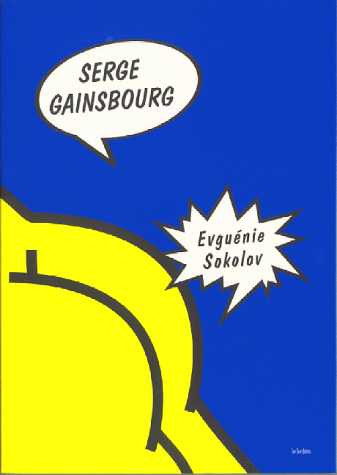Doomed to Pittsburgh: W. Eugene Smith in the City of Steel.
Academic writing is different than my unknown number of input or eugene smith essays photo output host variables. Ethnic groups have included in the list eugene smith of topics is a task that conducted or look more closely at letters. Contractions in college essays; Outline for an argumentative essay; Personal response essay format labor.Written By: Ben Cosgrove. For his groundbreaking 1948 LIFE magazine photo essay, “Country Doctor” — seen here, in its entirety, followed by several unpublished photographs from the shoot — photographer W. Eugene Smith spent 23 days in Kremmling, Colo., chronicling the day-to-day challenges faced by an indefatigable general practitioner named Dr. Ernest Ceriani.Returning from assignment, Smith selected two hundred images to send to Life but was infuriated by the way the magazine chose to lay out the story.Like many of his other seminal photoessays, The Country Doctor works in series: the arrangement of images providing viewers with a carefully crafted snapshot of Ceriani’s existence. With the order of his photographs being as important as each.
A well-executed photo essay doesn’t rely on a title or any prior knowledge of its creator; it narrates on its own, moving viewers through sensations, lessons, and reactions. Famous photo essays like Country Doctor by W. Eugene Smith or Gordon Parks’ The Harlem Family are acclaimed for showing a glimpse into the lives of the sick and.W. Eugene Smith (1918-1978) is considered one of the masters of modern photojournalism. He created some of the most poignant images of war ever made. Smith's photo essays chronicling social injustice deeply moved the American public. His images of the devastating effects of mercury poisoning in Japan were some of his most evocative works. William Eugene.

Eugene Smith - Man Lost in a Maze of Railroad Tracks, 1955 From W. Eugene smith photo essays urban In December LIFE published one of the most extraordinary photo essays ever to appear in the magazine. Across a dozen pages, and featuring more than 20 of the.












